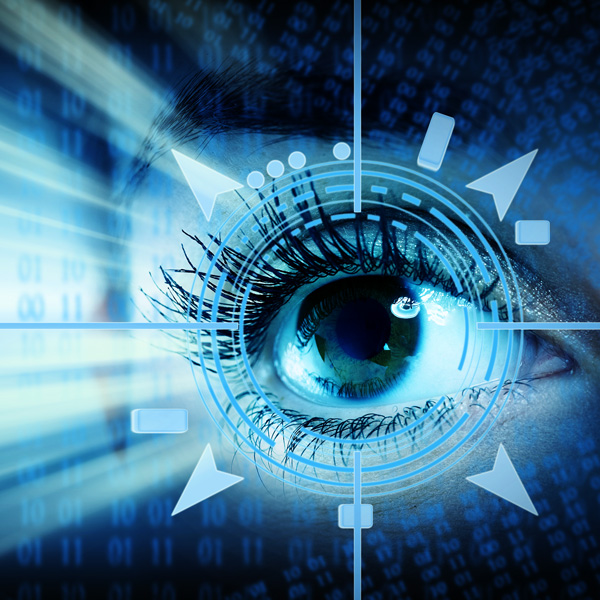
Blue light protection for elderly – is it necessary?
New studies show a connection between blue light and the development of cataracts. In today’s digital era, we are constantly surrounded by screens and modern

You probably know it yourself: After a long day at the computer screen, your eyes are red or burning. Often there are also headaches, blurred vision and similar complaints. Here we explain the underlying reasons and how blue light protection can prevent these problems from arising.
Digital Eye Strain or Computer Vision Syndrome describes common symptoms that occur after using digital devices (primarily computers, tablets, and smartphones). The eye is directly affected when tired, burning and red eyes occur. In addition, blurred vision and neck pain as well as headaches are also considered to be relevant complaints. Several studies conclude in surveys that between 50% and 75% of VDU (visual display unit) users are affected by this problem. The different symptoms behind digital eye strain arise from different stress factors.
The bright light from computer screens has a strong blue content, and we look directly into it for hours. In addition, it is also not a steady source of light. Computer screens often flicker at frequencies that we cannot consciously perceive, but which exert massive stress on our eyes and nervous system.
While concentrating on computer work or scrolling on a tablet, we often forget to blink sufficiently. This promotes dry eyes and the associated discomfort.
Posture at the computer, especially when working on a laptop, is also not conducive to good health, and can thus contribute to the discomfort.

New studies show a connection between blue light and the development of cataracts. In today’s digital era, we are constantly surrounded by screens and modern

Screen glasses with blue light filters, which are recommended for working on a PC, would allegedly not offer much added value. This is the result

The PRiSMA® BluelightProtect LiTE95 filter glasses can be described as the UNIVERSAL filter with a true 95% blue light filter rate in the 400 to
